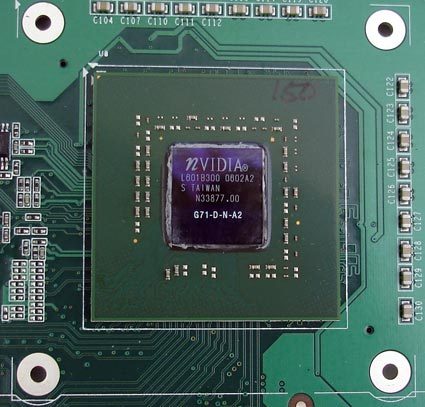Nvidia Goes For Four: Quad SLI Gaming Dissected
How Quad SLI Works
Gigabyte first tempted people last year with the possibility of hooking up four graphics cards in a single system. Once word of the GA-8N-SLI Quad hit the street, Nvidia was clear to state that this was not the direction it was planning to take. This was made evident at CES when the world saw the Dell XPS Renegade 600, which used a dual graphics motherboard. While Quad SLI could be achieved by connecting four Nvidia GPUs via a special configuration, the mechanics of plugging hardware into a motherboard were not so complicated. However, as we will point out later, this is not something for the faint-hearted or a novice anyway.
Falcon Northwest and the other systems that we have seen are outfitted with Asus A8N32-SLI motherboards. Nvidia states in its whitepaper that Quad SLI will work "exclusively with NVIDIA nForce4 Dual X16 or NVIDIA nForce4 SLI-based motherboards for either AMD or Intel CPU environments."
For Quad SLI, two graphics cards with two graphics processors each are required. Each of these GX2 cards consists of two printed circuit boards (PCBs), which are connected by three horizontal risers. One SLI bridge connects the first GPU with the third one, and a second bridge connects the second GPU with the fourth. The bottom board carries the x16 PCI Express connection and a special switching chip for internal data transfers. The top section has no special devices or connections. The bottom section also has three holes to allow more air to be drawn into the cooler.
Get Tom's Hardware's best news and in-depth reviews, straight to your inbox.
Current page: How Quad SLI Works
Prev Page Beyond The Hype: What Is Quad SLI? Next Page How Quad SLI Works, Continued

